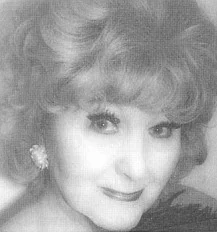The queer community gravitates, not unreasonably, to people with large or at least decent sized historical records, like Oscar Wilde, Marsha P. Johnson, Sappho, or Harvey Milk. There’s nothing wrong with that. But a post from this project's Tumblr got me thinking beyond that. It begins, “Shoutout to the queer people who are forgotten.”
Making Queer History has a vague title because it has a rather vague purpose. We are not alone in our aim to tell the queer community’s history. What defines us is our focus not only on the past, but toward the future.






